Infrastructure is the backbone of modern society, silently supporting our daily lives. From roads and bridges to energy grids and water supply systems, it plays a pivotal role in shaping the world around us.
Yet, the intricacies of efficient infrastructure design and business processes often go unnoticed, despite their profound impact on our quality of life.
In this comprehensive guide, we delve into the art of infrastructure design, uncovering the critical steps that transform your main idea into tangible, functional, and sustainable assets.
Understanding the Infrastructure Design Process
Efficient infrastructure design is a complex and multifaceted process that requires meticulous attention to detail. Let’s explore each stage in-depth.
Defining Infrastructure Design Goals
Before embarking on the design journey, it’s essential to establish clear and measurable goals. These goals will serve as the guiding principles throughout the entire process, ensuring that the infrastructure meets the intended purpose and aligns with broader societal and environmental objectives.
For instance, the Transcend Design Generator’s simple user interface facilitates the entry of design parameters, allowing users of varying expertise levels to define clear design goals. Tooltips and data validation rules ensure that goals are set with precision, while customizable input parameters enable experts to tailor designs to specific client requirements.
Initial Site Assessment and Analysis
A comprehensive site assessment is a foundation upon which successful infrastructure projects are built. This step involves evaluating the environmental, geological, and logistical factors that could impact the project’s viability and design.
Stakeholder Engagement and Requirements Gathering
Understanding the needs and expectations of all stakeholders, from government bodies to the end-users, is crucial. Effective engagement and requirements gathering ensure that the final design reflects the desires and concerns of the communities it serves.
Preliminary Planning and Conceptualization
With clear goals and site information in hand, it’s time to move into the preliminary planning phase.
Identifying Design Constraints and Opportunities
Every infrastructure project faces constraints, be they budgetary, regulatory, or environmental. Identifying these constraints early allows for creative problem-solving and the discovery of opportunities to enhance the project’s overall value.
For example, TDG leverages its extensive equipment database and decision algorithms to help size and select network equipment that meets design constraints. This ensures that the design remains within budget while complying with regulations.
Developing a High-Level Design Concept
This phase transforms abstract ideas into tangible design concepts. It involves creating preliminary sketches and outlines that serve as the blueprint for the infrastructure’s form and function.
TDG’s core power system design capabilities use input data and industry standards to automatically arrange substation components, streamlining the high-level design concept development. This saves time and ensures consistency.
Cost Estimation and Budgeting
Accurate cost estimation is not merely a box to check on the project management list; it is the financial foundation upon which the entire infrastructure design project stands. Here’s why it’s so crucial:
- Project Feasibility: Before a project can move forward, stakeholders need to know if it’s financially feasible. Can the project be completed within the allocated budget? Accurate cost estimation answers this question and sets the project’s financial boundaries.
- Resource Allocation: Once a project is underway, resource allocation becomes paramount. Precise cost estimates help in the allocation of financial resources, ensuring that there are no overruns or shortages that could jeopardize the project’s progress.
- Risk Mitigation: Understanding the projected costs allows project managers to identify potential financial risks and take proactive measures to mitigate them. This foresight can save both time and money with more cost-effective measures.
- Client Confidence: Clients, whether government bodies or private investors need confidence that their investment will yield the desired outcomes without breaking the bank. Accurate cost estimation instills this confidence.
The Challenges of Cost Estimation
Cost estimation in infrastructure design is a complex task, rife with challenges. Here are some of the common hurdles faced:
- Uncertainty: Infrastructure projects often span several years, during which economic conditions, material costs, and labor rates can fluctuate. Estimating costs accurately over such a period is challenging.
- Scope Changes: As projects progress, scope changes may occur. This can impact costs significantly, and cost estimators must adapt quickly.
- Lack of Data: In some cases, historical data for similar projects may be scarce or outdated, making it difficult to create accurate estimates.
- Complexity: Infrastructure projects can be highly complex, involving numerous interdependent components and variables. Estimating costs in such scenarios requires deep expertise.
Transcend Design Generator rises to this challenge by providing a data-driven, algorithmic approach that draws from extensive industry-specific data. With TDG, cost estimators can navigate uncertainty, adapt to scope changes, and confidently create budgets that set the stage for successful infrastructure design projects.
Detailed Design and Engineering
As we move into the detailed design phase, TDG continues to play a pivotal role in ensuring precision and efficiency.
Architectural and Engineering Considerations
Architectural and engineering considerations are at the heart of infrastructure design, playing a central role in shaping the physical and functional aspects of the project. Here’s why they are of paramount importance:
- Functionality: First and foremost, infrastructure must serve its intended purpose efficiently and reliably. Engineers and architects work in tandem to ensure that the design meets functional requirements, whether it’s a bridge that can withstand heavy traffic or a wastewater treatment plant that purifies PFAS contamination effectively.
- Aesthetic Appeal: Infrastructure projects are often highly visible and can become iconic landmarks in a region. Balancing aesthetics with functionality is essential to create structures that are not only efficient but also visually pleasing, enhancing the quality of life for communities.
- Public Perception: Infrastructure projects can significantly impact public perception and satisfaction. Well-designed infrastructure not only meets practical needs but also enhances the overall image of a city or region, instilling pride in residents.
- Environmental Considerations: Sustainable and eco-friendly design is now a standard in infrastructure projects. Engineers and architects must consider how the project interacts with the environment, minimizing ecological impact and promoting sustainability.
- Long-Term Durability: Infrastructure projects have long lifespans, often spanning several decades. Architectural and engineering decisions made during the design phase directly influence the longevity and maintenance requirements of the infrastructure.
The Challenges of Balancing Form and Function
Achieving the delicate balance between architectural aesthetics and engineering functionality is no easy feat. Here are some common challenges faced in this endeavor:
- Budget Constraints: Striking the right balance between form and function while adhering to budget constraints can be challenging. High-end architectural features can strain project budgets if not managed carefully.
- Material Selection: Selecting materials that are not only structurally sound but also align with the desired aesthetics and sustainability goals can be a challenge, especially when faced with limited material options.
- Technical Complexity: Some infrastructure projects, such as iconic bridges or landmark buildings, involve intricate technical and engineering challenges that demand creative solutions.
Integration of Sustainability and Resilience
Sustainability is no longer an option but a necessity. The integration of sustainability and resilience is a critical phase in the infrastructure design process, emphasizing the need to create infrastructure that not only meets immediate functional requirements but also addresses long-term environmental and societal concerns.
This process holds the following significance:
Environmental Stewardship
Sustainable infrastructure aims to minimize environmental impact, reduce resource consumption, and promote eco-friendly practices. It recognizes the importance of protecting natural ecosystems and conserving resources for future generations.
Climate Resilience
Resilient infrastructure is designed to withstand the challenges posed by climate change, including extreme weather events, rising sea levels, and increased temperatures. It ensures that infrastructure remains functional in the face of these evolving threats.
Long-Term Viability
Sustainability and resilience integration acknowledge that infrastructure has long lifespans. It aims to create an infrastructure that remains relevant and effective for decades, even as conditions change.
Regulatory Compliance and Permits
Ensuring regulatory compliance and obtaining the necessary permits are pivotal aspects of the infrastructure design process. Governments and regulatory bodies play a crucial role in shaping and safeguarding the built environment. Their regulations serve to uphold safety standards, environmental sustainability, and the broader public interest. Compliance with these regulations is essential to avoid legal complications and delays and ensure that infrastructure projects align with societal and environmental objectives.
For example, one prominent government regulation in the United States is the National Environmental Policy Act (NEPA). NEPA requires federal agencies to assess the environmental impact of their proposed projects, involving a rigorous process of environmental impact statements and public engagement.
This regulation serves to protect the environment and ensure that infrastructure projects are environmentally responsible and sustainable, illustrating the significant role government regulations play in the infrastructure design process. Compliance with NEPA and similar regulations is integral to obtaining permits and approvals, ultimately shaping the outcome of infrastructure projects.
Materials Selection and Procurement
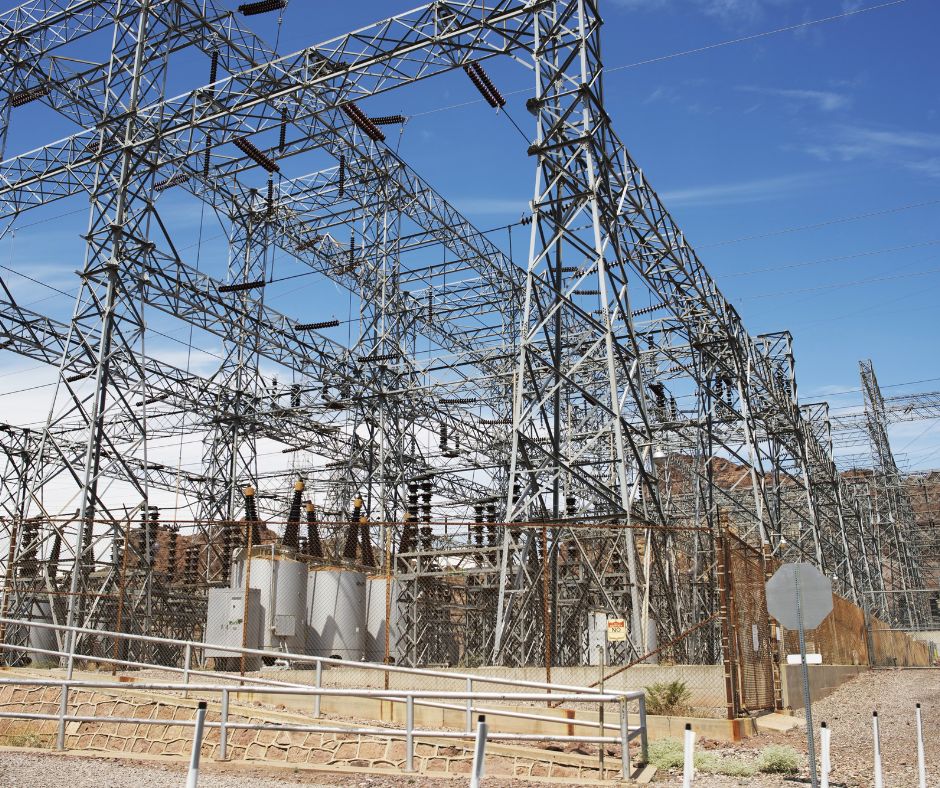
Efficient materials selection and procurement are critical to project success. TDG streamlines this process.
Sustainable Materials and Practices
The construction industry is a significant contributor to environmental impacts, such as resource depletion and carbon emissions. Sustainable materials and practices aim to mitigate these impacts by promoting eco-friendly alternatives.
Sustainable materials might include recycled materials, low-impact construction methods, or energy-efficient components. TDG assists in evaluating these options, considering factors like material availability, cost, and environmental impact. This integration of sustainability not only benefits the environment but also enhances the long-term viability and public perception of infrastructure projects.
Supplier Evaluation and Selection
The reliability and performance of infrastructure projects hinge on the quality of materials and equipment used. Supplier evaluation and selection are pivotal to ensure that materials meet the required standards and specifications.
TDG can incorporate preferred suppliers and equipment vendors, streamlining the procurement process. From specifying preferred models to integrating Building Information Modeling (BIM) objects, TDG ensures that the selected suppliers align with project requirements. This not only reduces the risk of material or equipment defects but also contributes to efficient project execution.
Construction and Implementation
The construction and actual implementation phase is where the blueprint on paper transforms into tangible infrastructure, and it’s a critical juncture in any project’s lifecycle to meet business objectives.
Project Management and Scheduling
During construction and implementation, effective project management is crucial. This involves coordinating various teams, resources, and tasks to ensure that the project stays on track in terms of budget, timeline, and scope. Project managers oversee the execution of the project plan and make necessary adjustments as challenges arise.
Also, creating a detailed project schedule is essential to ensure that tasks are completed in the correct order and on time. This schedule should account for dependencies between tasks and allocate resources efficiently.
Quality Assurance and Control
In this phase, quality standards and specifications set during the design phase are rigorously monitored and enforced. Quality assurance processes include inspections, audits, and quality control checks to verify that construction activities meet predetermined criteria and standards. Furthermore, quality control involves corrective actions taken if any discrepancies or defects are identified. It ensures that the final infrastructure product aligns with the intended quality level.
Safety Measures and Risk Mitigation
Safety should be a paramount concern during construction. Strict safety protocols and measures are put in place to protect workers, visitors, and the environment. This includes safety training, protective gear, and adherence to safety regulations.
Project teams must identify and manage potential risks that could affect construction. Risk mitigation strategies should be in place to address issues such as unforeseen delays, budget overruns, or safety hazards.
Testing, Commissioning, and Performance Evaluation
Following the construction phase, the infrastructure undergoes testing, commissioning, and performance evaluation to ensure that it functions as intended and meets the project’s objectives. This phase consists of the following components:
Functional Testing and System Integration
This involves systematically testing each component and subsystem of the infrastructure to verify that they operate according to design specifications. Any defects or issues discovered during testing are addressed and rectified.
Also, infrastructure components and systems are integrated to ensure seamless communication and functionality. Integration testing confirms that different parts of the infrastructure work together cohesively.
Performance Metrics and Evaluation Criteria
Specific metrics are established to measure the performance and efficiency of the infrastructure. These metrics can include response times, throughput, availability, and reliability, among others. The infrastructure’s performance is also compared against predetermined criteria and benchmarks to determine whether it meets the project’s goals and requirements.
Handover to Operations
Once the infrastructure has passed all testing and performance evaluations, it is formally handed over to the operations team. This transition includes providing documentation, training, and necessary resources to ensure the ongoing operation and maintenance of the infrastructure.
Maintenance and Long-Term Sustainability
The primary focus of this phase of the infrastructure design process is on ensuring the long-term sustainability and functionality of the infrastructure.
Predictive and Preventive Maintenance
Predictive maintenance uses data and analytics to anticipate when maintenance is needed. By monitoring the infrastructure’s performance and condition, potential issues can be identified and addressed before they lead to failures.
Additionally, scheduled maintenance activities are performed to prevent potential issues from occurring. This includes routine inspections, lubrication, and part replacement.
Monitoring and Upgrades
Continuous monitoring of the infrastructure’s performance is essential to detect any deviations from expected behavior. Monitoring tools and systems help identify issues promptly.
Over time, technology and operational requirements may evolve. Upgrades and enhancements to the infrastructure are planned and executed to keep it aligned with changing needs and standards.
Adaptation to Changing Needs
As business or operational requirements change, the infrastructure should be adaptable. This may involve scaling up or down, reconfiguring, or even repurposing the current infrastructure to meet new demands and challenges.
Key Takeaways from the Infrastructure Design Process
Mastering the art of infrastructure design is a complex but rewarding journey. At every step of this intricate process, the Transcend Design Generator stands as the ideal companion. Its generative and augmented design capabilities, coupled with SOC-2 compliance, empower asset owners and utilities to explore diverse options, accelerating capital projects, and minimizing risks. To revolutionize your infrastructure design process, contact us today to learn more.


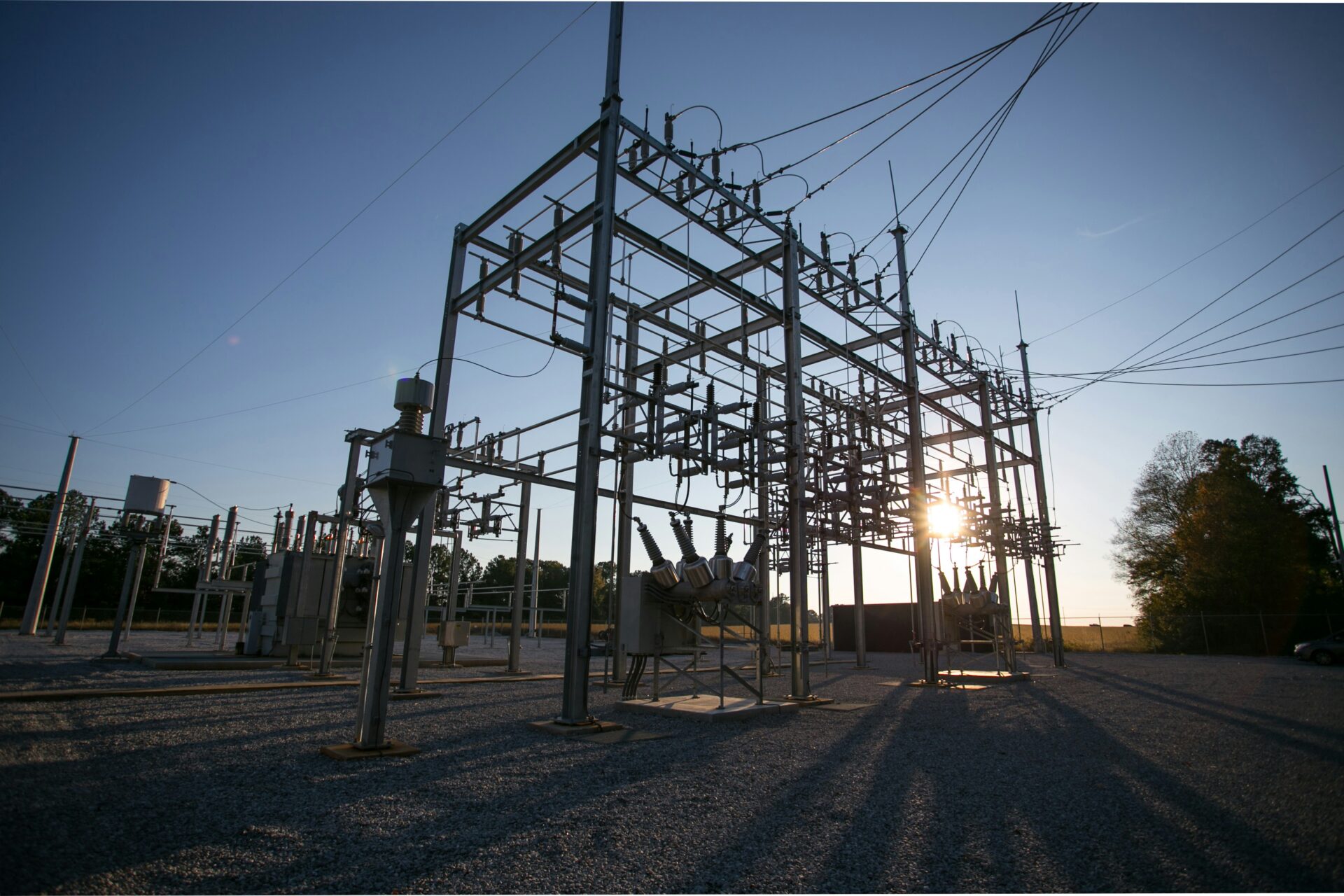
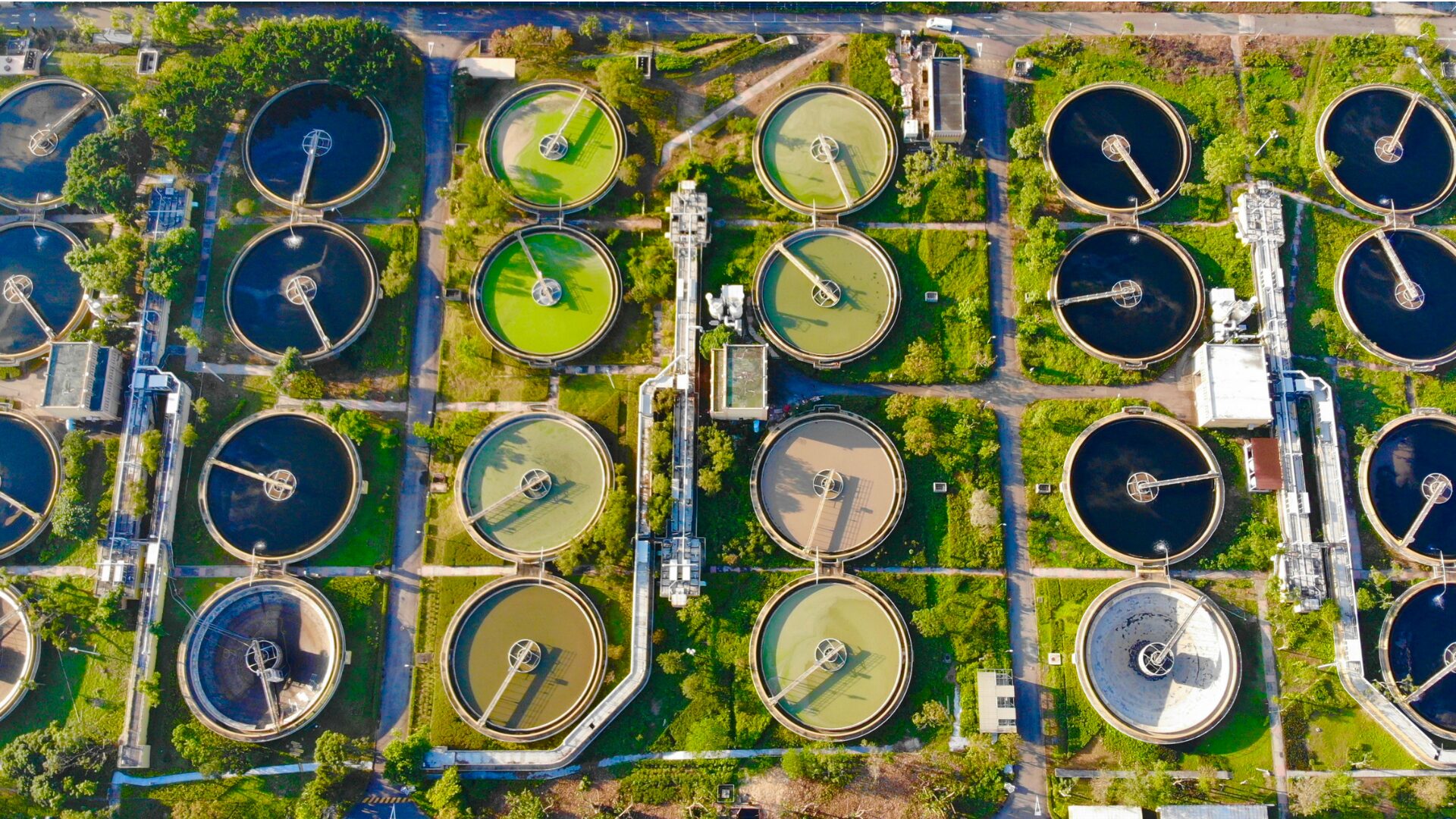

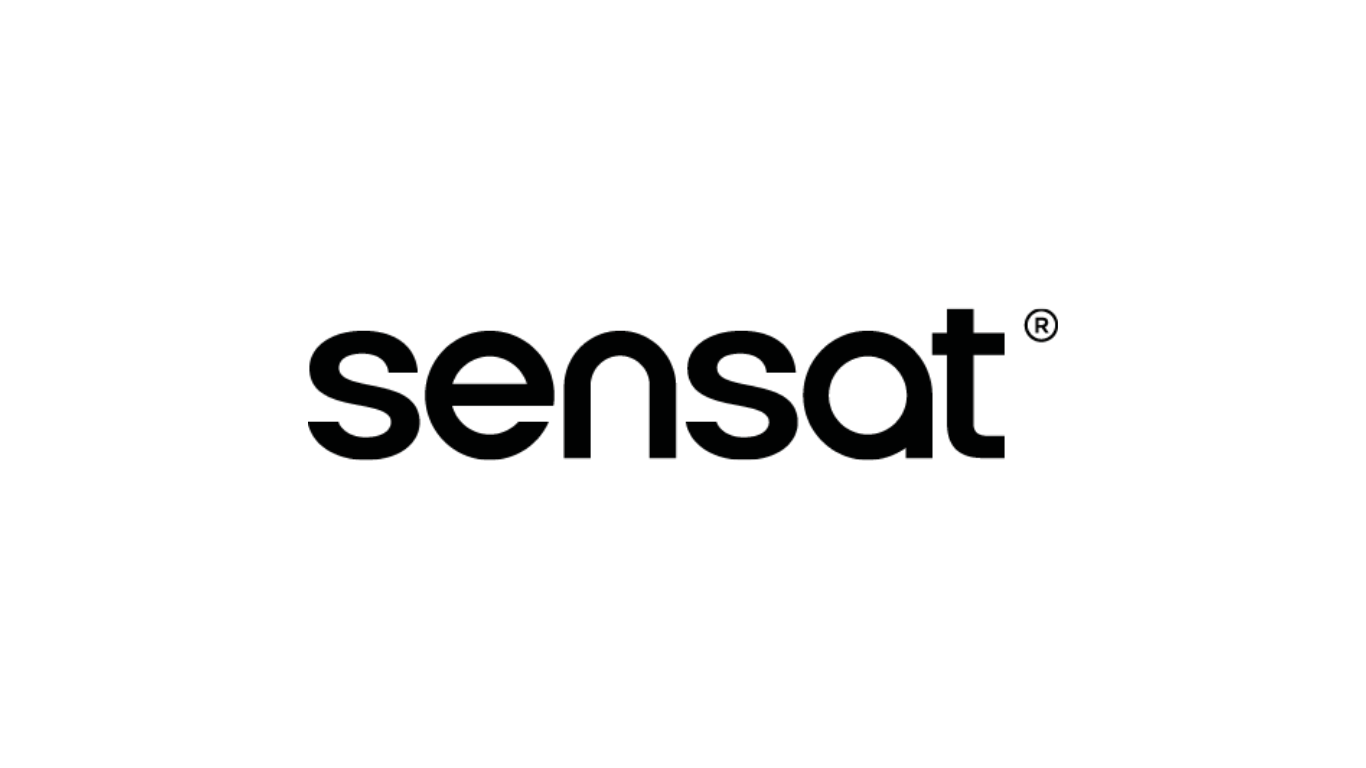
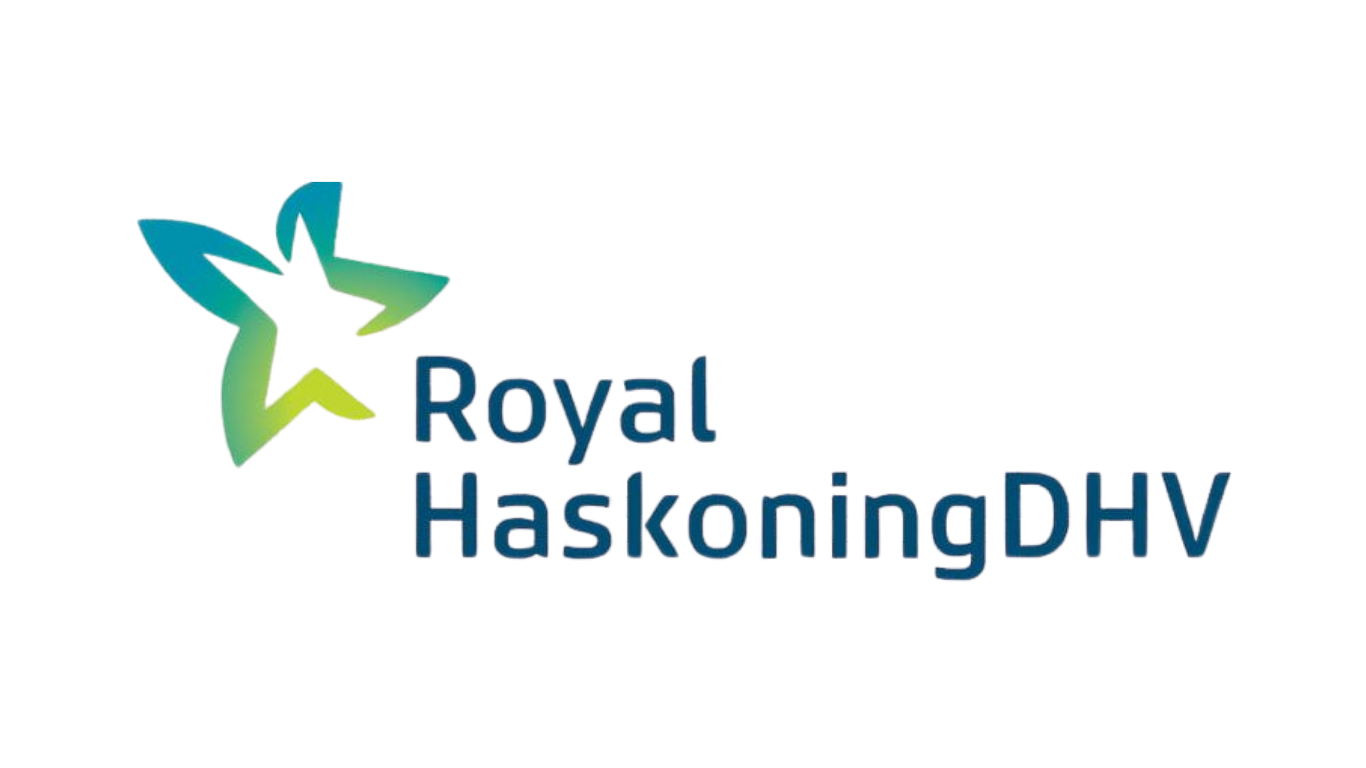
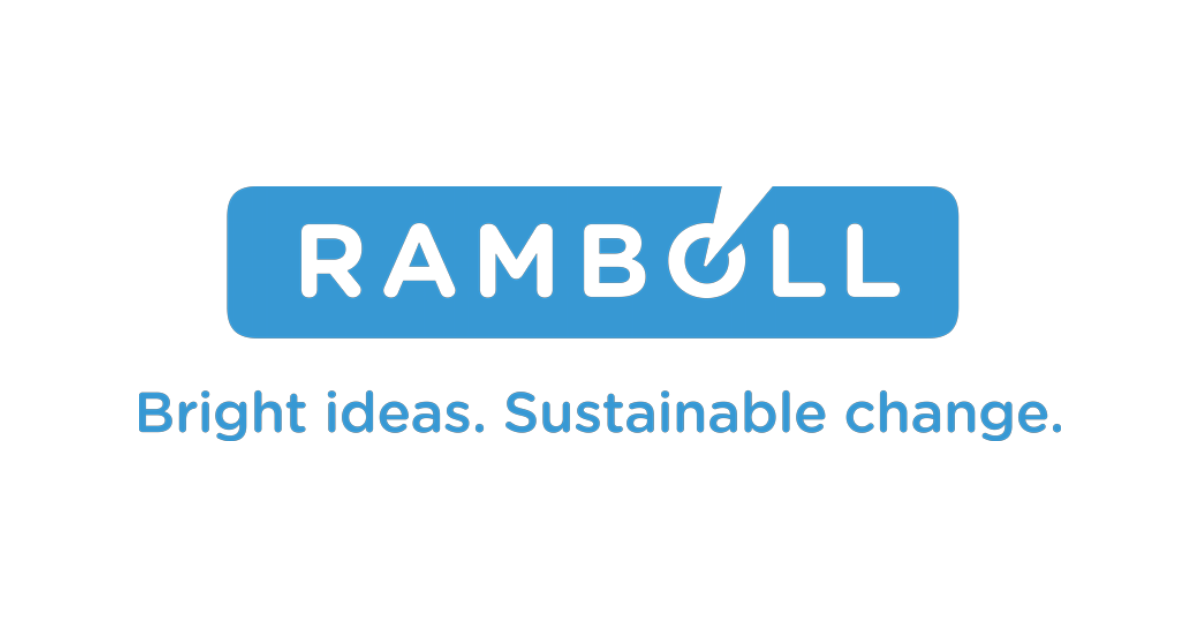
 WWTP Design
WWTP Design  Substation Design
Substation Design  Utility Interconnection Hub
Utility Interconnection Hub  White Label Proposal Generator
White Label Proposal Generator  PFAS Feasibility Study
PFAS Feasibility Study  Booster Station Design
Booster Station Design  Value Discovery Program
Value Discovery Program